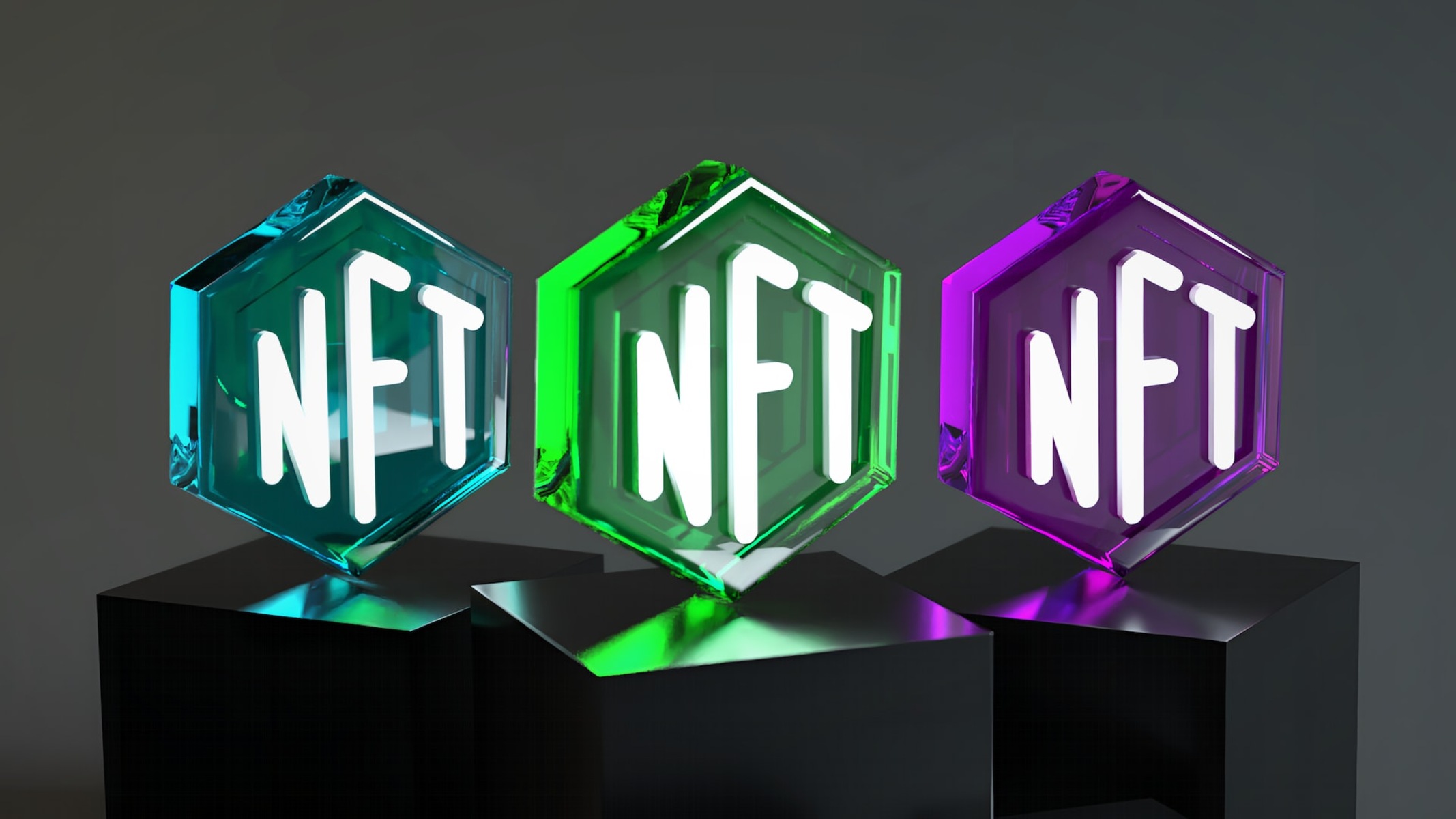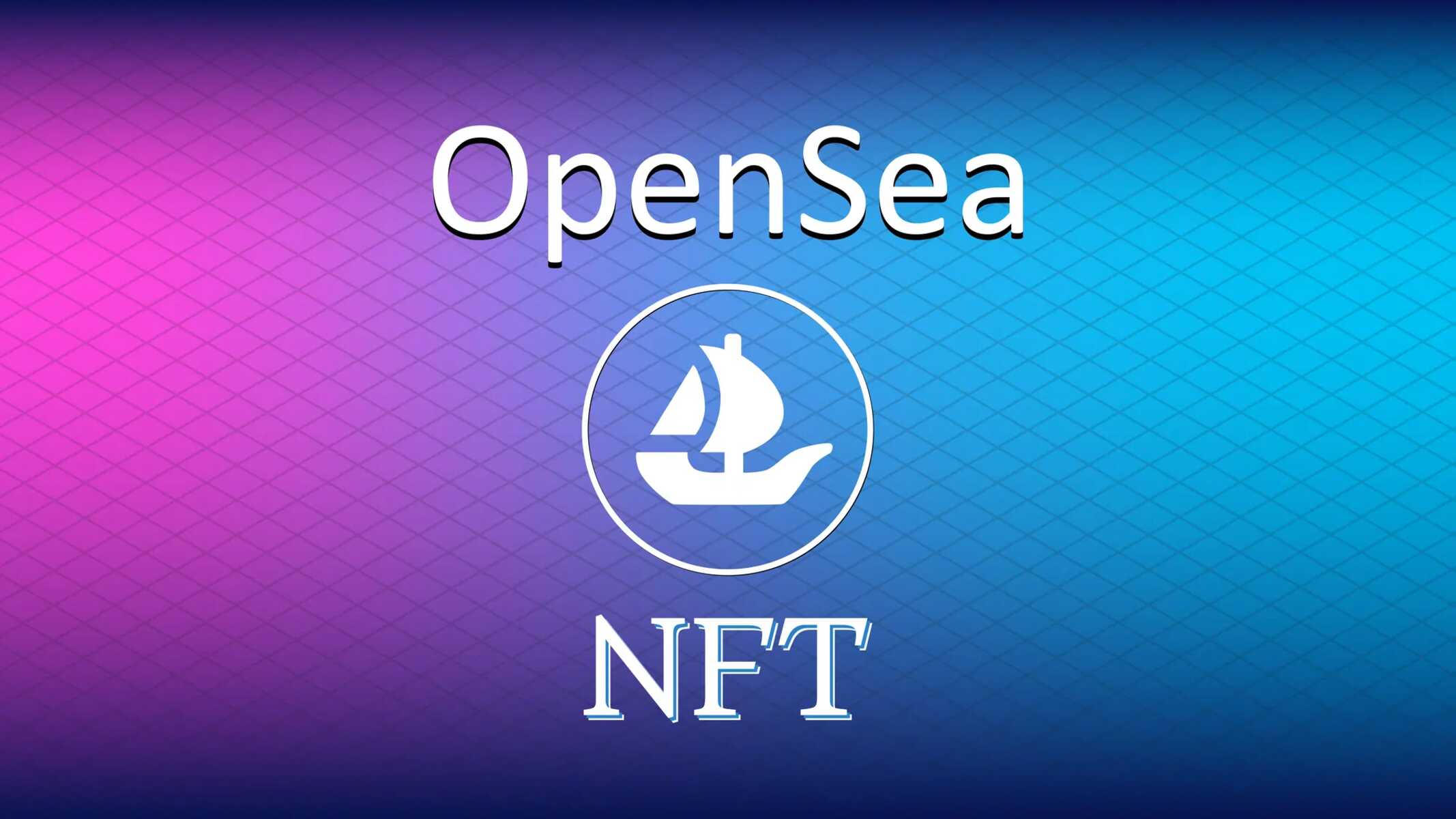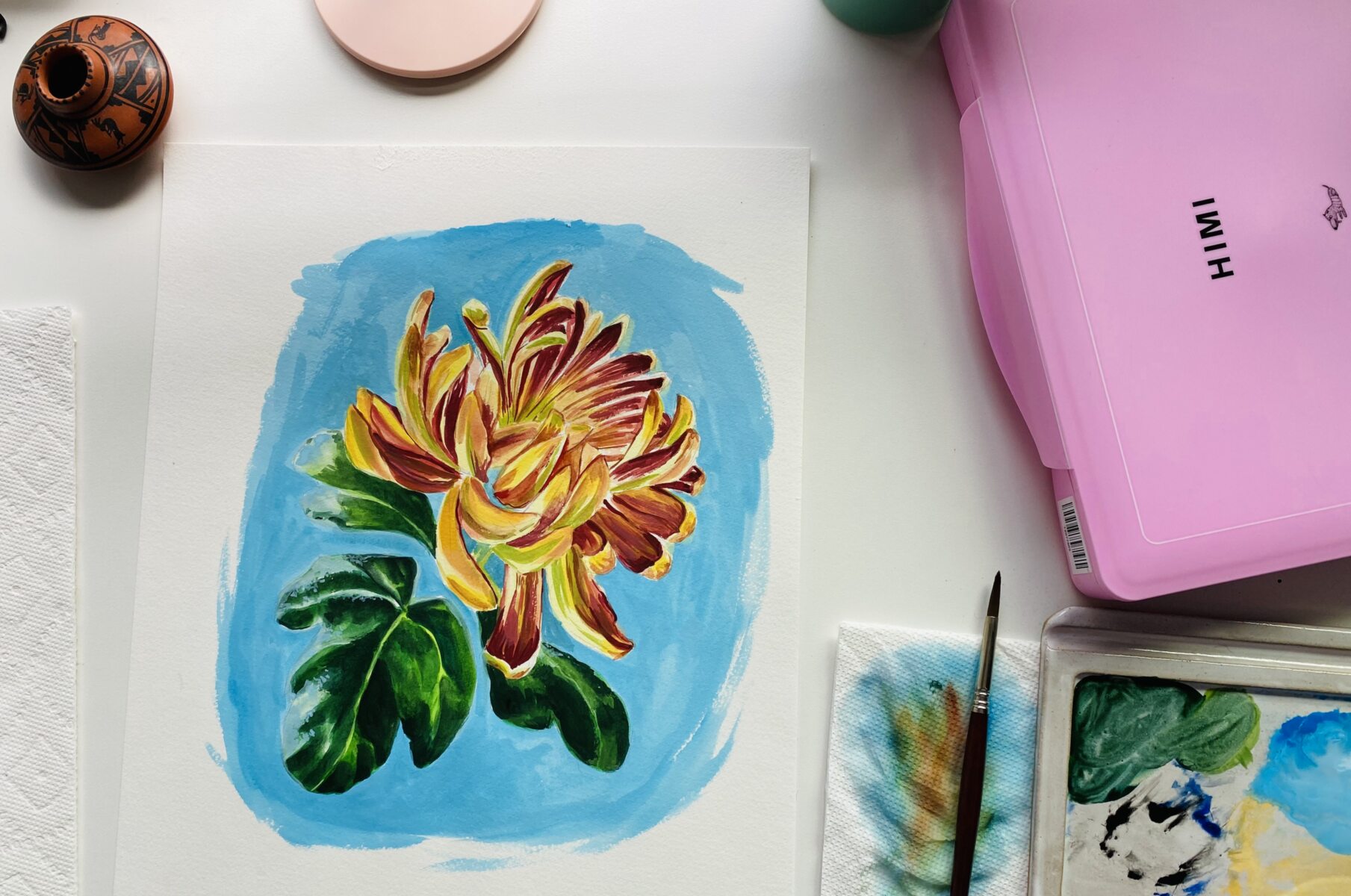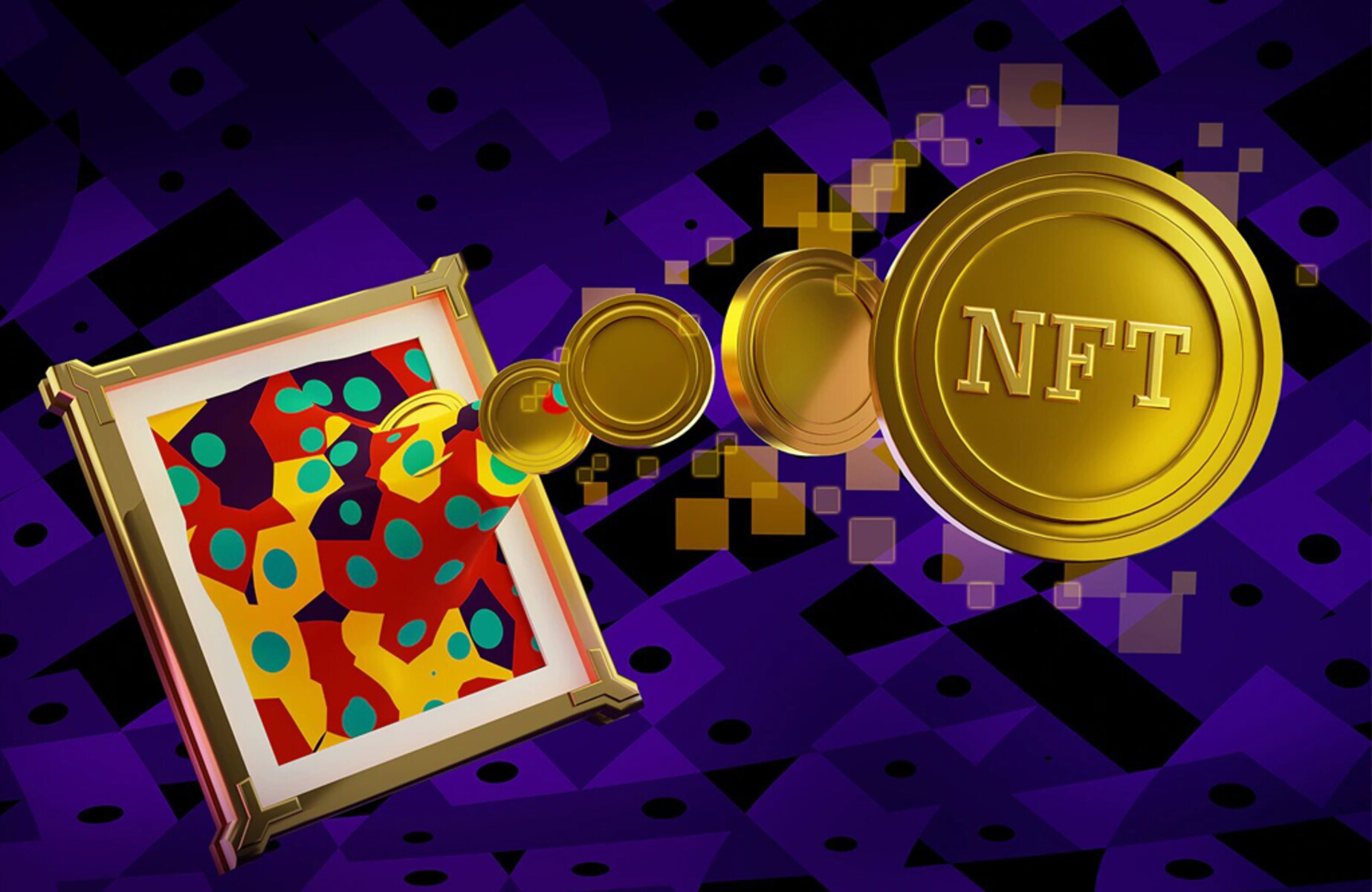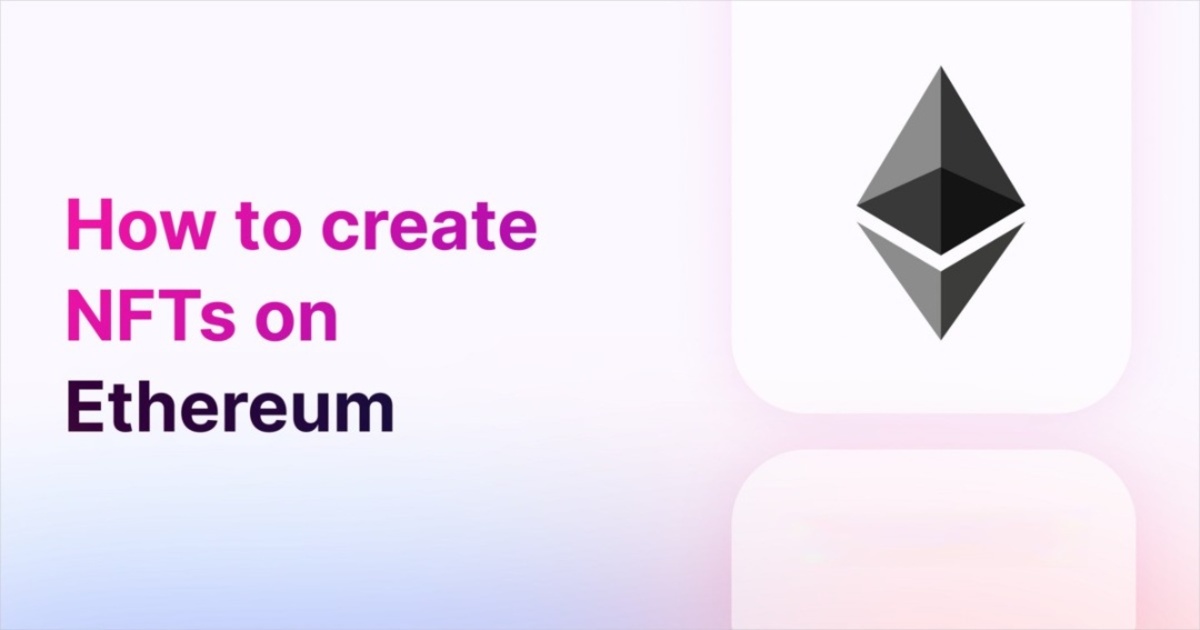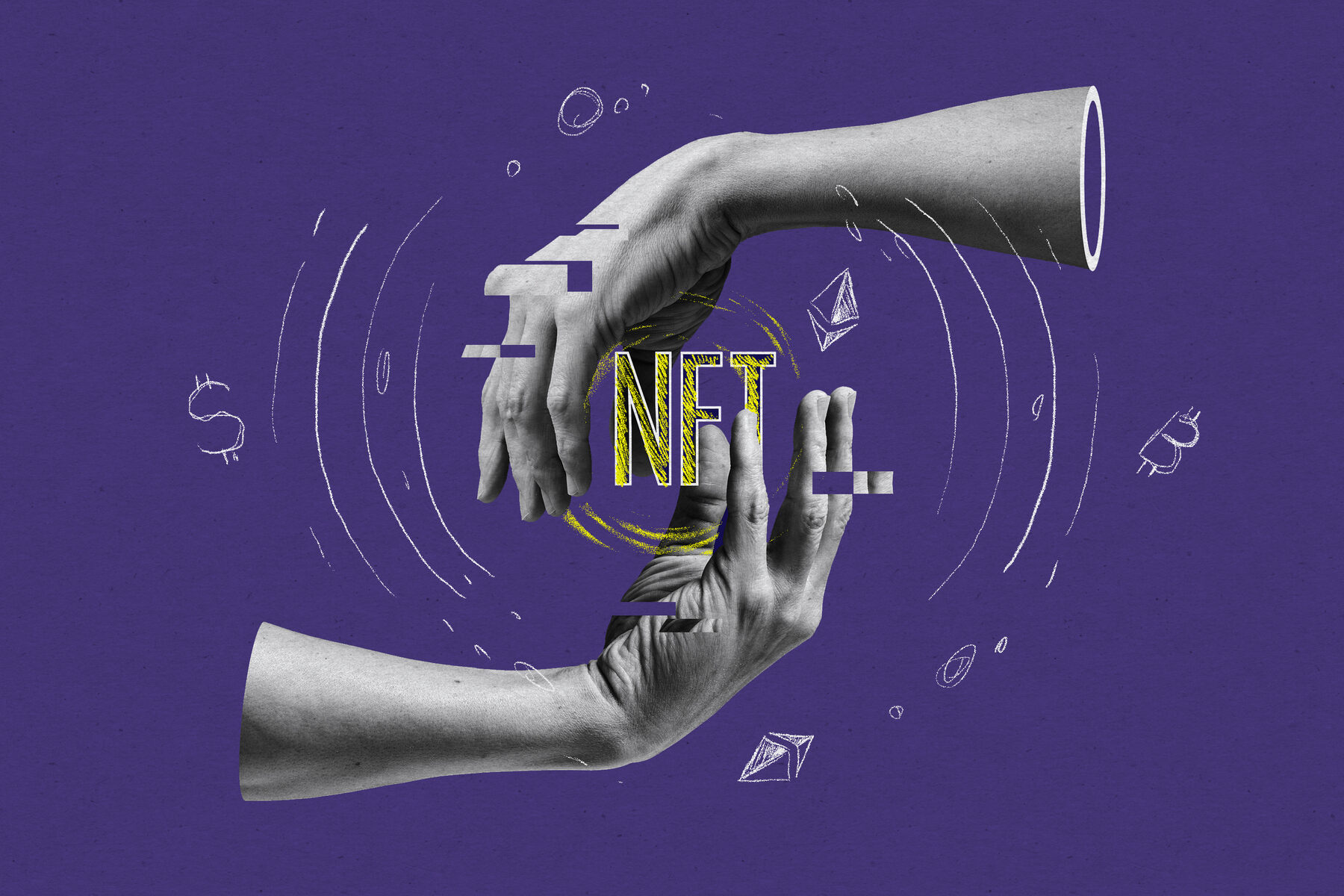Introduction
Welcome to the fascinating world of Non-Fungible Tokens (NFTs), where digital assets such as artworks, collectibles, and even virtual real estate are bought and sold using blockchain technology. In recent years, NFTs have gained immense popularity, attracting investors, art enthusiasts, and creators alike. The unique feature of NFTs lies in their indivisible nature, making each token one-of-a-kind and irreplaceable.
With the NFT market booming, you may be wondering how to sell your own NFT and capitalize on this digital revolution. Selling an NFT involves a series of steps, from choosing the right platform to promoting your digital asset effectively. In this article, we will guide you through the process of selling an NFT, ensuring that you are equipped with the knowledge and strategies needed to maximize your chances of a successful sale.
Whether you are an artist looking to monetize your digital creations, a collector wanting to part ways with a rare item, or simply curious about the NFT phenomenon, this guide will provide you with valuable insights to navigate the exciting world of NFT selling.
So, let’s dive in and explore the steps involved in selling an NFT!
What is an NFT?
Non-Fungible Tokens, or NFTs, are a type of digital asset that represent ownership or proof of authenticity of a unique item or piece of content. Unlike cryptocurrencies such as Bitcoin or Ethereum, NFTs are indivisible and cannot be exchanged on a one-to-one basis.
Think of NFTs as digital certificates of ownership. They are created using blockchain technology, which ensures transparency, security, and immutability. Each NFT contains metadata that defines its characteristics, including the creator, description, and a unique identifier.
One of the key features of NFTs is their ability to tokenize digital artworks, collectibles, music, videos, virtual real estate, and even virtual goods in video games. This allows creators and collectors to trade and sell these digital assets in a transparent and secure manner, removing the need for intermediaries.
What makes NFTs truly unique is the concept of provenance. Provenance refers to the ability to trace the ownership history and authenticity of a digital asset. Since NFTs are stored on the blockchain, all transactions made with them are recorded and can be easily verified, providing a clear chain of ownership.
Another aspect that sets NFTs apart is their indivisibility. Unlike cryptocurrencies, which can be divided into smaller units, NFTs represent whole, distinct items. For example, if you own an NFT artwork, you own the entire artwork itself, not just a fraction of it.
The value of NFTs is subjective and determined by market demand. Highly sought-after NFTs can fetch significant sums of money, while others may have more modest valuations. The scarcity, uniqueness, perceived value, and popularity of the creator all contribute to the market value of an NFT.
Now that we have a basic understanding of what NFTs are, let’s explore the steps involved in selling these digital assets.
Understanding the Value of NFTs
When it comes to selling NFTs, understanding their value is crucial. While traditional markets rely on factors such as supply and demand, NFT valuations can be influenced by a variety of unique factors.
One key factor in determining the value of an NFT is its scarcity. The rarer an NFT is, the more valuable it becomes. This scarcity can be based on factors such as limited edition releases, one-of-a-kind creations, or unique properties associated with the digital asset.
The reputation and popularity of the creator also play a significant role in an NFT’s value. Well-known artists, musicians, or influencers with a devoted following can command higher prices for their NFTs due to the perceived value associated with their name and brand.
Additionally, the uniqueness and aesthetic appeal of the NFT can influence its value. Collectors are often drawn to visually striking or conceptually innovative artworks and collectibles, which can drive up their price on the market.
The scarcity and uniqueness of an NFT, combined with the creator’s reputation and the desirability of the digital asset, contribute to the perception of value in the market. However, it’s important to note that NFT valuations can be highly speculative and volatile, with prices fluctuating based on trends and market sentiment.
Moreover, it’s essential to consider the environmental impact of NFTs. The energy consumption associated with blockchain technology, particularly proof-of-work algorithms, has raised concerns about the carbon footprint of NFTs. As a seller, being transparent and mindful of the environmental impact of your NFTs can resonate positively with potential buyers.
Remember that assigning value to an NFT is subjective, and the market ultimately determines its worth. Researching the current market trends, studying similar sold NFTs, and engaging with the community can help you gauge the value of your digital asset.
Now that we have a solid understanding of NFT value, let’s move on to the steps involved in selling an NFT.
Step 1: Choose an NFT Platform
Choosing the right NFT platform is a crucial first step in selling your digital asset. There are several popular NFT marketplaces available, each with its own unique features, audience, and fee structure. Here are a few popular platforms to consider:
- OpenSea: OpenSea is one of the largest and most well-known NFT marketplaces. It offers a wide range of categories, from digital art to domain names, and attracts a diverse community of buyers and sellers.
- Rarible: Rarible is a decentralized marketplace where users can create, buy, and sell NFTs. It allows for greater customization and flexibility in terms of royalties and licensing options.
- SuperRare: SuperRare focuses on curating high-quality digital art. It has a selective application process for artists and prioritizes limited editions and exclusivity.
- Foundation: Foundation is an invite-only platform known for its emphasis on supporting artists and fostering a community-driven environment. It places a strong emphasis on the curation and discovery of NFT art.
When choosing a platform, consider factors such as the platform’s reputation, user base, ease of use, and the types of NFTs it supports. It’s also crucial to review the platform’s fee structure, including listing fees, transaction fees, and any additional costs associated with minting and gas fees.
Researching and comparing different platforms can give you a better understanding of where your digital asset may find the most success. Additionally, take the time to explore the platform’s community forums and social media channels to engage with other sellers and gain insights into their experiences.
Remember, choosing the right NFT platform is essential as it will ultimately determine the visibility, accessibility, and potential audience for your digital asset. Take the time to ensure that the platform aligns with your goals as a seller and offers the features and support you need for a successful NFT sale.
Step 2: Create or Acquire an NFT
Once you’ve chosen an NFT platform, the next step is to create or acquire your NFT. If you’re an artist or creator, you can create your own unique digital asset to sell as an NFT. This could be a digital artwork, a music track, a video clip, or any other form of digital content.
The process of creating an NFT typically involves minting, which is the process of tokenizing your digital asset on the blockchain. Most NFT platforms have their own minting tools or integration with popular blockchain networks like Ethereum. These tools allow you to upload your digital file, add metadata such as title, description, and attributes, and mint it as an NFT.
If you’re not an artist or creator, you can acquire an NFT from other creators or through secondary marketplaces. Secondary marketplaces allow you to buy and sell NFTs that have already been created and minted. This can be a viable option for collectors or individuals looking to invest in existing NFTs.
When acquiring an NFT, it’s important to conduct thorough research on the creator, authenticity, and provenance of the digital asset. Verify the ownership history and ensure that the NFT is legitimate and not a copied or plagiarized work. Consider factors such as the rarity, demand, and potential resale value of the NFT before making a purchase.
Whether you create or acquire an NFT, focus on creating high-quality and unique digital assets that will captivate your audience. Ensure that your NFT stands out amidst the growing competition by creating something truly valuable and memorable.
Remember, the creation or acquisition of an NFT is the foundation of your selling journey. It’s essential to put time and effort into this step to maximize the potential success of your NFT sale.
Step 3: Set a Price for Your NFT
Setting the right price for your NFT is crucial to attract potential buyers and maximize your chances of a successful sale. When determining the price, consider the following factors:
Market Research: Conduct thorough market research to understand the current trends and prices for similar NFTs. Look for comparable assets in terms of quality, rarity, and demand. This will give you a better idea of the price range that your NFT can potentially sell for.
Intrinsic Value: Evaluate the intrinsic value of your NFT, taking into account factors such as the uniqueness, creativity, and quality of the digital asset. Consider the effort and skill involved in creating or acquiring the NFT and how it compares to other works in the market.
Scarcity: If your NFT is a limited edition or has unique properties that make it rare, you can consider pricing it higher to reflect its scarcity. Collectors are often willing to pay a premium for one-of-a-kind or highly exclusive NFTs.
Creative and Time-Based Pricing Strategies: Some sellers experiment with creative pricing strategies, such as auction-style listings or time-based pricing. Auctions can create a sense of excitement and competition, potentially leading to higher bids. Time-based pricing, such as gradually increasing the price over time, can create a sense of urgency for buyers to make a purchase.
Market Conditions: Be aware of the current market conditions and adjust your pricing accordingly. NFT markets can be volatile, and prices can fluctuate based on trends, buyer demand, and overall market sentiment. Stay informed and adapt your pricing strategy as needed.
Once you have considered these factors, choose a price that you believe accurately reflects the value of your NFT. Take into account your goals as a seller, whether it’s maximizing profit, gaining exposure, or supporting a specific cause. Remember that finding the right balance between attracting buyers and valuing your NFT is crucial for a successful sale.
Keep in mind that you can always adjust your pricing strategy as you receive feedback and gauge buyer interest. The NFT market is constantly evolving, so be open to adapting your pricing strategy to meet the changing demands of the market and your target audience.
In the next step, we will discuss how to list your NFT for sale on your chosen platform.
Step 4: List Your NFT for Sale
Once you have determined the price for your NFT, it’s time to list it for sale on your chosen NFT platform. The process of listing your NFT may vary slightly depending on the platform, but the general steps are as follows:
- Create a Seller Account: If you haven’t already, sign up and create a seller account on the NFT platform. Provide the required information and complete any verification processes if necessary.
- Prepare Your NFT: Make sure your NFT is ready to be listed. Ensure that you have the necessary file formats, such as JPEG or MP4, and that the metadata and descriptions accurately represent your NFT.
- Upload Your NFT: Use the platform’s upload interface to add your NFT file and input the necessary information, including the title, description, attributes, and any additional details specific to your NFT.
- Set the Price: Set the price for your NFT as determined in the previous step. Enter the amount in the platform’s designated field and confirm that you are satisfied with the listing price.
- Include Additional Details: Some platforms allow you to add extra details or customization options, such as setting royalties for future resales or including unlockable content for buyers. Take advantage of these features to enhance the value and appeal of your NFT.
- Review and Publish: Before publishing your NFT, carefully review all the information and make sure it accurately represents your digital asset. Once you’re satisfied, click the publish or list button to make your NFT available for sale on the platform.
After listing your NFT, it is essential to actively manage your listing. Monitor inquiries, respond to potential buyers, and engage with the community on the platform. Promotion and active participation in the marketplace can help generate interest in your NFT and increase the chances of a successful sale.
Remember to keep track of the listing duration on the platform. Many platforms have a specified timeframe for NFT listings, so be aware of when your listing will expire and decide whether to relist or make any adjustments to the price or details in order to attract more buyers.
Now that your NFT is listed for sale, it’s time to promote it and increase its visibility. In the next step, we will discuss how to effectively promote your NFT to reach potential buyers.
Step 5: Promote Your NFT
Effective promotion is key to driving exposure and attracting potential buyers to your NFT listing. Here are some strategies to promote your NFT:
- Utilize Social Media: Leverage the power of social media platforms to showcase your NFT. Share captivating visuals or snippets of your NFT, along with a clear call-to-action directing viewers to your listing. Engage with relevant communities, use appropriate hashtags, and consider collaborating with influencers in the NFT space to expand your reach.
- Build a Personal Brand: Establish yourself as an artist or creator by building a personal brand. Showcase your portfolio, share insights into your creative process, and engage with followers and potential buyers. Consistency in branding and communication will help create a recognizable and trustworthy image.
- Engage with the NFT Community: Participate in online forums, communities, and Discord channels dedicated to NFTs. Contribute to discussions, share insights, and seek feedback. Engaging with the community can help you build relationships, gain exposure, and increase the chances of your NFT being discovered by potential buyers.
- Create a dedicated website or landing page: A dedicated website or landing page can serve as a centralized hub for your NFTs. Showcase your NFT collection, provide information about the process and inspiration behind your creations, and include direct links to your NFT listings.
- Collaborate with Others: Consider collaborating with other artists or creators to cross-promote each other’s NFTs. This can introduce your work to a new audience and increase your chances of reaching potential buyers who have a shared interest in the collaboration.
- Engage in Email Marketing: Build an email list of interested buyers and collectors who are interested in your work. Regularly send updates about your new NFT listings, collaborations, or any other impactful news. Crafting compelling and personalized emails can create a sense of exclusivity and drive buyers to your NFTs.
- Attend Virtual Events: Participate in virtual art exhibitions, conferences, or NFT-specific events. These events provide opportunities to network, showcase your work, gain exposure, and connect with potential buyers and collectors.
Remember, promotion is an ongoing process. Continuously explore new avenues and experiment with different strategies to expand your reach and engage with a wider audience. Adapt and refine your promotional efforts based on the feedback and analytics you receive to optimize your NFT’s exposure.
With effective promotion, you can increase the visibility of your NFT, attract potential buyers, and ultimately improve your chances of a successful sale.
In the next step, we will discuss how to handle the sale of your NFT once you have a buyer.
Step 6: Handling the Sale
Once you have successfully attracted a buyer for your NFT, it’s time to handle the sale and ensure a smooth transaction. Here are some important considerations:
- Negotiation and Communication: Communicate with the buyer to finalize the terms of the sale. This may include agreeing on the payment method, discussing any additional transfer of rights or licenses, and addressing any specific requirements or concerns the buyer may have.
- Secure Payment: Ensure a secure payment process that protects both parties involved. Cryptocurrency transactions are common in the NFT space, so familiarize yourself with the preferred currencies and wallets accepted by your chosen NFT platform. Consider using platforms that offer escrow services to protect both parties until the transaction is completed.
- Transfer the NFT: Once the payment is confirmed, initiate the transfer of the NFT to the buyer’s wallet. Follow the platform’s specific instructions for transferring ownership, which typically involve verifying the buyer’s wallet address and initiating the transfer of the token.
- Provide Proof of Authenticity: Depending on the nature of your NFT, it may be valuable to provide a certificate of authenticity or proof of ownership to the buyer. This can add an extra layer of trust and assurance for the buyer.
- Collaborate with Platforms: If you are selling through a platform that offers post-sale support, be prepared to collaborate with them if any issues arise. Address any disputes or concerns promptly to maintain a positive reputation as a seller.
- Follow Legal and Tax Obligations: Familiarize yourself with the legal and tax obligations associated with selling NFTs in your jurisdiction. Consult a legal professional or tax advisor to ensure compliance with applicable laws and regulations.
- Solicit Feedback and Maintain Customer Relationships: After completing the sale, encourage the buyer to provide feedback on their experience. Building positive relationships with buyers can lead to future sales, referrals, and a strong reputation within the NFT community.
Handling the sale professionally and ensuring a positive experience for the buyer can contribute to your reputation as a seller and help establish trust within the NFT marketplace.
Remember, transparency, clear communication, and a commitment to customer satisfaction are essential in successfully handling the sale of your NFT.
Now that you’ve completed the sale, take a moment to celebrate your success, learn from the experience, and continue exploring the world of NFTs as an artist, creator, or collector.
Conclusion
Congratulations! You’ve reached the end of our guide on how to sell an NFT. By following the steps outlined in this article, you have gained valuable insights into the process of selling NFTs and maximizing your chances of a successful sale. Let’s recap what we’ve covered:
We began by introducing the concept of NFTs and their unique characteristics, such as indivisibility and provenance. We then discussed the factors that contribute to the value of NFTs, including scarcity, creator reputation, uniqueness, and aesthetic appeal.
You learned the importance of choosing the right NFT platform and explored some popular marketplaces to consider. We also covered the steps involved in creating or acquiring an NFT, setting a price for your digital asset, and listing it for sale on a platform.
Promotion was a crucial step, and we explored various strategies for increasing the visibility of your NFT, such as leveraging social media, building a personal brand, engaging with the community, and attending virtual events.
Handling the sale of your NFT was discussed in detail, emphasizing the importance of negotiation, secure payment methods, transferring ownership, providing proof of authenticity, collaborating with platforms, and following legal and tax obligations.
As you venture into the world of NFTs, remember that the market is dynamic and constantly evolving. Stay informed about current trends, engage with the community, and be open to adapting your strategies as needed.
We hope that this guide has equipped you with the knowledge and confidence to navigate the process of selling NFTs successfully. Whether you’re an artist looking to monetize your digital creations, a collector exploring new investment opportunities, or simply curious about the NFT phenomenon, the world of NFTs offers exciting possibilities.
Good luck with your NFT sales, and may your digital assets find their way into the hands of enthusiastic buyers!







